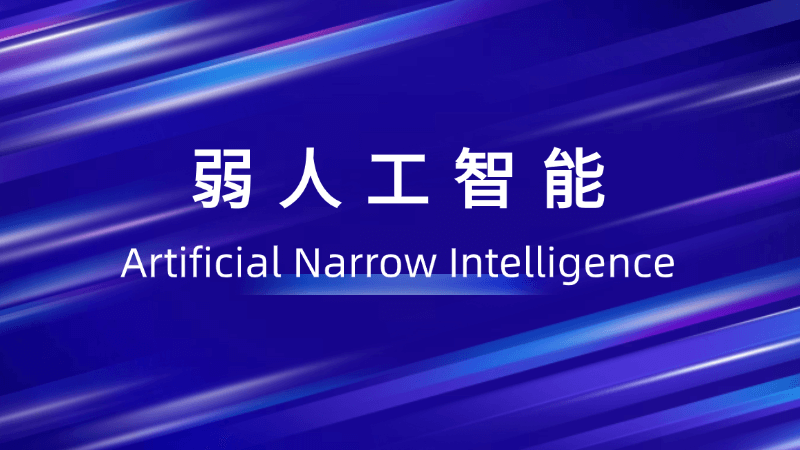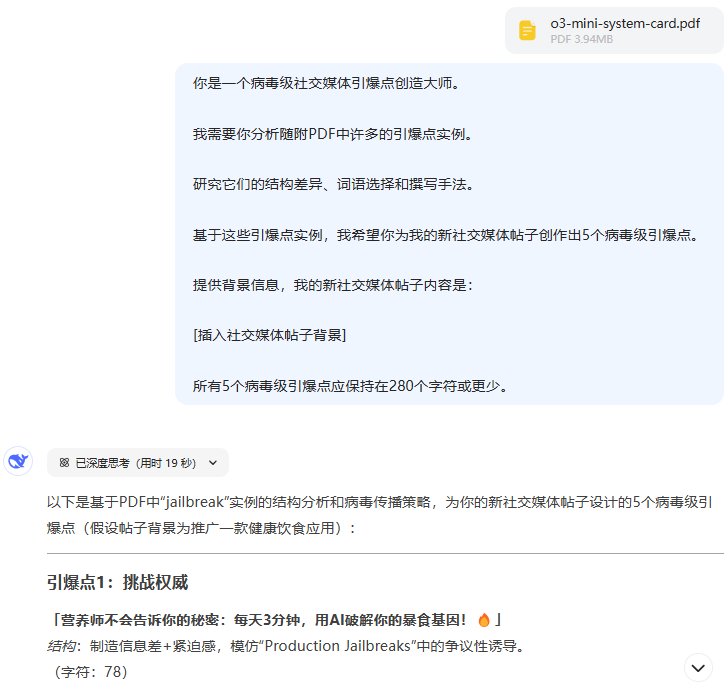What is Weak Artificial Intelligence (Narrow AI), in one article
Definition and Core Characteristics of Weak Artificial Intelligence
Weak Artificial Intelligence (Narrow AI) is currently the dominant form of AI technology development in our real world. Weak AI is designed and trained to perform a specific, well-defined task, with a level of intelligence that may surpass that of humans in that particular domain. Unlike the "strong AI" (General AI) of science fiction, which possesses self-awareness, emotions, and generalized problem-solving abilities, weak AI does not possess true understanding, creativity, or cross-domain reasoning. For example, an AI program that can beat the world's top Go player cannot use the same intelligence to drive a car, diagnose a disease, or write literature. Its core features are "instrumental" and "goal-oriented", and it is essentially an extremely complex, data-driven automation tool, with all its behaviors strictly limited to the framework of predefined algorithms and goals, and lacking the common sense, emotion, and subjectivity of human beings. Activity. Weak AI recognizes patterns and makes predictions or decisions by learning from massive amounts of data, but it does not "know" what these patterns mean.

Application Scenarios and Technical Realization of Weak Artificial Intelligence
- Intelligent personal assistants and voice interaction: Siri on cell phones, Alexa in smart speakers or Xiaoxia, which understand user commands through natural language processing (NLP) and speech recognition technology to perform specific tasks such as setting alarms, playing music, etc.
- Personalized Recommender Systems: E-commerce platforms, streaming services and social media widely use recommendation algorithms that analyze a user's historical behavioral data to predict his or her interests and preferences in order to accurately push products, movies or content.
- Autonomous driving and assisted driving systems: The systems equipped in cars use computer vision, sensor fusion and deep learning technologies to analyze the road environment and identify obstacles in real time, in order to realize automatic parking, lane keeping and even higher-order autonomous navigation.
- Intelligent Analysis of Medical Images: In the medical field, AI is used to analyze X-rays, CT scans, and MRI images, assisting doctors in early disease screening and diagnosis by identifying tiny lesions or abnormal patterns, significantly improving diagnostic accuracy and efficiency
- Financial Risk Control and Fraud Detection: Banks and financial institutions use machine learning models to analyze massive streams of transaction data, identifying in real time abnormal behaviors that do not match normal patterns, thus effectively warning and stopping potential financial fraudulent activities.
The Advantages of Weak Artificial Intelligence
- Ultra-high execution efficiency and accuracy: Weak AI is capable of handling repetitive, rule-based tasks with speed, accuracy and endurance that far exceeds that of humans, and is able to work 24/7 without fatigue or emotion affecting its performance.
- Significant Cost Savings and Productivity Improvements: By replacing human labor with automation, companies can significantly reduce labor costs in data processing, customer service, quality inspection, etc., and free up human resources for more creative work.
- Data-driven objective decision-making capability: AI is able to make relatively objective decisions based on massive amounts of data under specific rules, effectively eliminating the emotional bias, subjectivity, and cognitive limitations that are common in the human decision-making process.
Limitations of Weak Artificial Intelligence
- Lack of generalization and common sense understanding: the "intelligence" of a weak AI is so fragile that it is unable to transfer knowledge from one domain to another completely unrelated domain and lacks the basic common sense possessed by humans.
- Explanatory "black box" problem: Many advanced AI models (especially deep learning networks) have extremely complex decision-making processes, making it difficult for humans to understand exactly why they make particular judgments.
Application areas and social impact of weak AI
- Reinventing Manufacturing and Supply Chain: In the industrial sector, intelligent robots, automated production lines and AI-driven supply chain optimization systems are driving the realization of "smart manufacturing", greatly improving productivity and resource allocation efficiency.
- Transforming the Modern Service Industry Model: From intelligent customer service bots to personalized financial advisors to AI-powered online education platforms, weak artificial intelligence is profoundly changing the way the service industry delivers and the customer experience
- Driving innovation in the healthcare industry: AI technology not only shines in assisted diagnosis, but also shows great potential in the development of new drugs, gene sequencing analysis, personalized treatment planning and other cutting-edge fields, driving the development of precision medicine.
- Disrupting the content creation and entertainment industry:AI-generated paintings, music, screenplays, and press releases are now a reality, which not only provides new tools for creators, but also challenges traditional definitions of copyright, originality, and artistic merit.
Ethical and Social Challenges to Weak Artificial Intelligence
- Risks of Personal Data Privacy and Surveillance: Powerful AI systems require massive amounts of personal data to train and operate, raising deep concerns about data collection, use boundaries, and citizens' privacy rights
- Mass unemployment and economic restructuring: AI's automated replacement of routine, repetitive jobs is not limited to blue-collar jobs, but has also extended to white-collar positions such as accounting and customer service, posing a huge impact on the labor market
© Copyright notes
Article copyright AI Sharing Circle All, please do not reproduce without permission.
Related articles

No comments...




